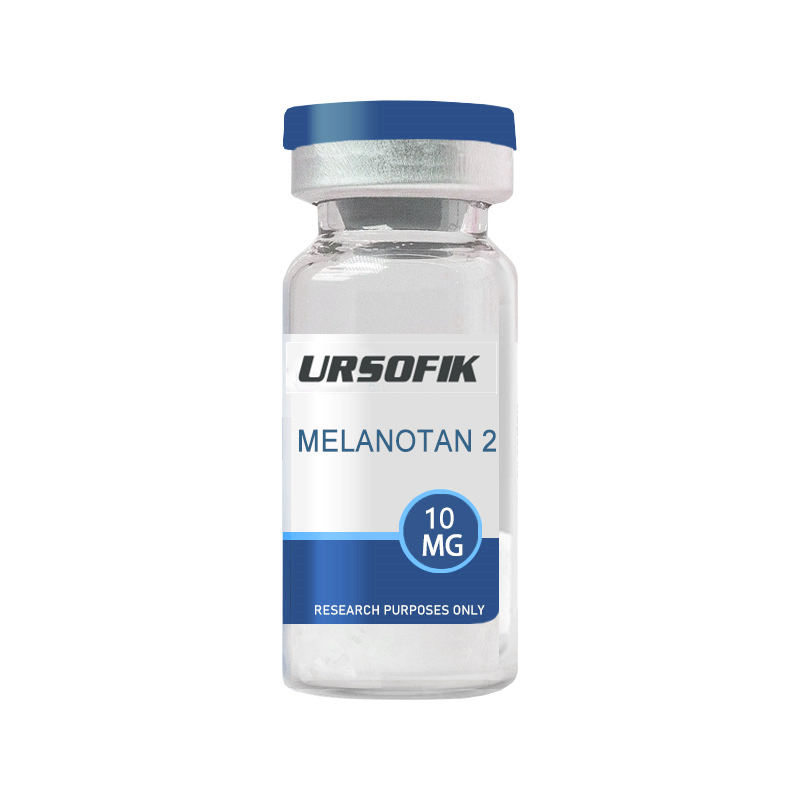Class of Compound:
Peptide
Mechanism of Action:
BPC-157 is known to stimulate vascular endothelial growth factor, which triggers the formation of blood vessels. Also, it blocks the growth-inhibiting action of 4‐hydroxynonenal. Further, it upregulates multiple growth receptors in the body and stimulates the production of fibroblasts, vital to the synthesis of collagen.
Notable Studies:
Pentadecapeptide BPC 157 and the central nervous system
Fistulas healing. Stable gastric pentadecapeptide BPC 157 therapy
BPC 157 counteracts QTc prolongation induced by haloperidol, fluphenazine, clozapine, olanzapine, quetiapine, sulpiride, and metoclopramide in rats
What is BPC-157?
BPC-157 refers to Body Protection Compound-157, a naturally occurring peptide found in human stomach juices. Composed of a sequence of 15 amino acids, the peptide can also be found in trace amounts in the gastric fluids of other mammals.
The peptide plays a fundamental role in preserving the lining of the GI tract. However, researchers are interested in its application in other areas of the body—particularly in regards to wound healing, neuroprotection, and muscle and tissue growth.
M ...
Read More
